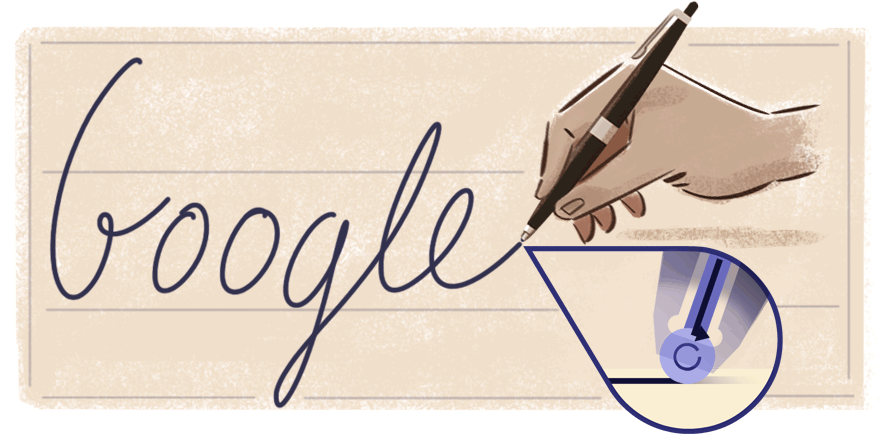“Today we celebrate Bíró and his relentless, forward-thinking spirit on the 117th anniversary of his birth”, says US-based search giant Google in today’s edition of its popular Google Doodle series. Did you know that the ball-point pen, commonly known as a “biro”, was invented by a Hungarian-Jewish journalist László Bíró?
László Bíró was born in Budapest on this day in 1899. Writing a lot with the fountain pens of the time, but in the vicinity of newspaper presses, he noted that the thick, sticky newspaper ink dried far more quickly than the runny India ink used in fountain pens, which required blotting, drying and lots of patience to prevent smudges. He came up with the idea of using it in an internal cartridge that would not need refilling. Working together with his brother, György, a chemist, László developed a new type of pen made up of a ball that turned in a socket. As the ball turned, it picked up ink from a cartridge and rolled to deposit it on paper, much like a newsprint roller transfers an inked image to paper. Bíró presented the first prototype of the ballpoint pen at the Budapest International Fair in 1931, later patenting his invention in 1938.
The Bíró brothers patented the invention in Hungary and in the UK, where it was later produced in huge numbers. The also patented it in Argentina, their new home, as they were among the thousands of Jews to flee Hungary in the Second World War. László Bíró passed away in Buenos Aires, Argentina in 1985. To this day, the ballpoint pen is still referred to as the “Biro” in several countries across the globe.
via gotohungary.com and google.com/doodles




